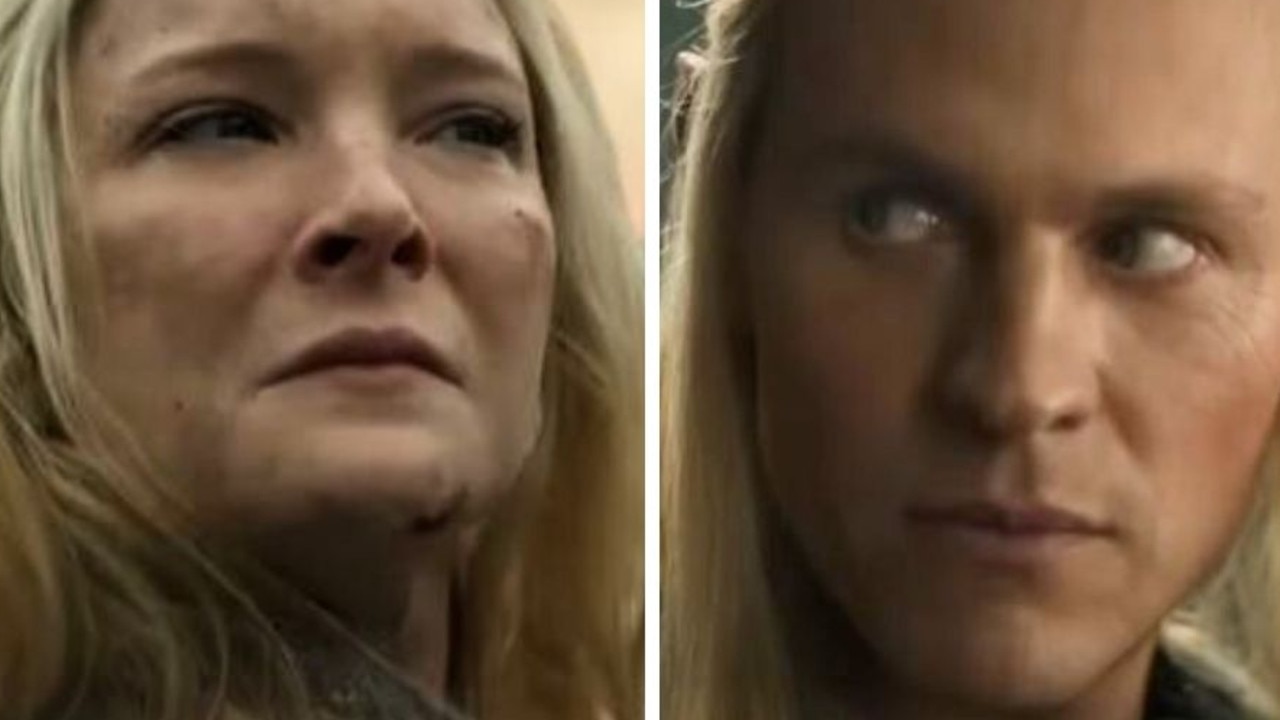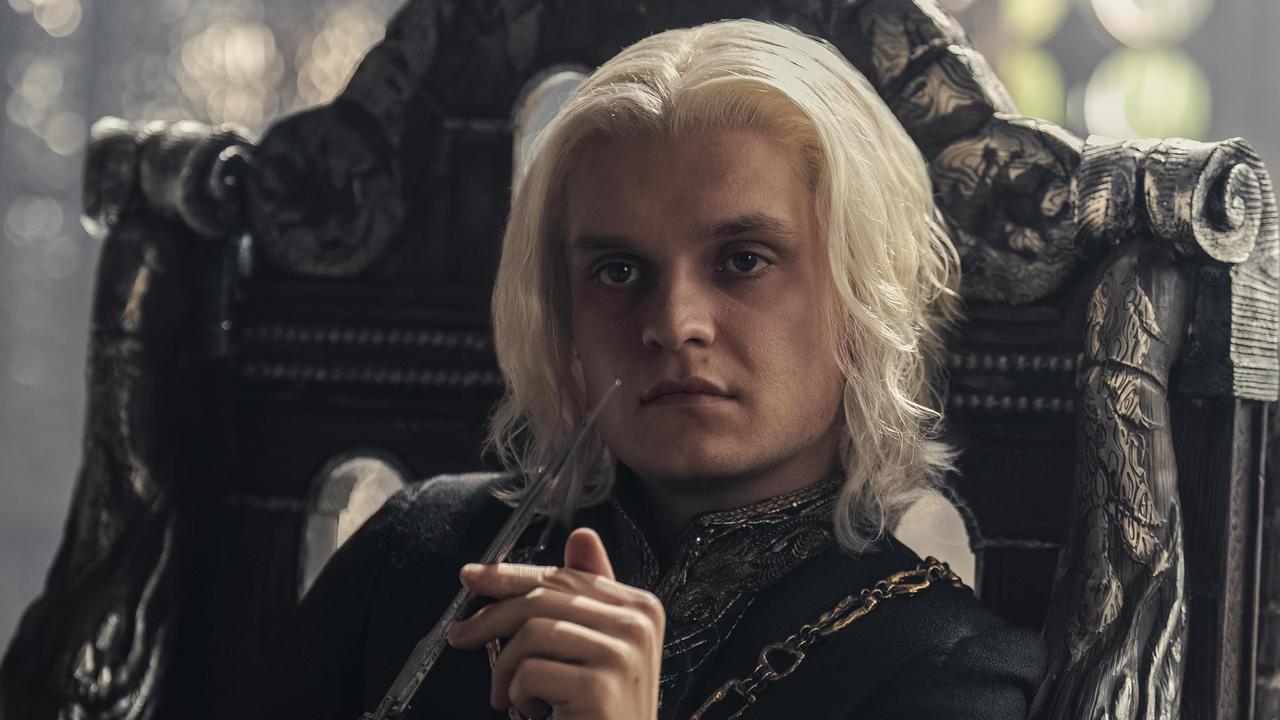The Commons feels less like drama and more like prophecy
This new drama is set a few years into our future, so why does it feel like it’s actually taking place right now?
There is something unnervingly prescient about The Commons.
The Australian drama, a Stan Original Series starring Downton Abbey’s Joanne Froggatt that premieres on Christmas Day, is supposed to be set in the future. Not the far-off future, but a few years from now.
Yet its portrayal of environmental calamities seems less like some doomsday prophecy and more like what’s happening outside our windows now.
Maybe you saw that side-by-side comparison image posted on social media last week, a photo of a digitally altered Sydney covered in haze next to a real-life image of Sydney covered in haze.
The digitally altered version is an establishing shot in The Commons, designed to set the scene of a Sydney cloaked in environmental misery. There’s little to separate the two images.
“A number of climate elements that form the backdrop for The Commons were imagined as ‘next wave’ depictions – a picture of what might be coming down the road in the next few years,” The Commons creator and writer Shelley Birse told news.com.au this week.
“But there have been a number of times during these past few months where it’s felt scarily more like fact than fiction.”
Birse said since she finished post-production on the series not long ago, her family had been twice evacuated from their mid-north coast home as the fires came bearing down.
“Our town, once known for the highest rainfall on the east coast, faces the prospect of running out of water by mid-January,” she said.
With Australia burning, NSW facing the highest level of water restrictions as the dams empty out and millions of people choking on hazardous air, The Commons feels less like drama and more like fortune teller.
If that’s the case, it’s not a future we want.
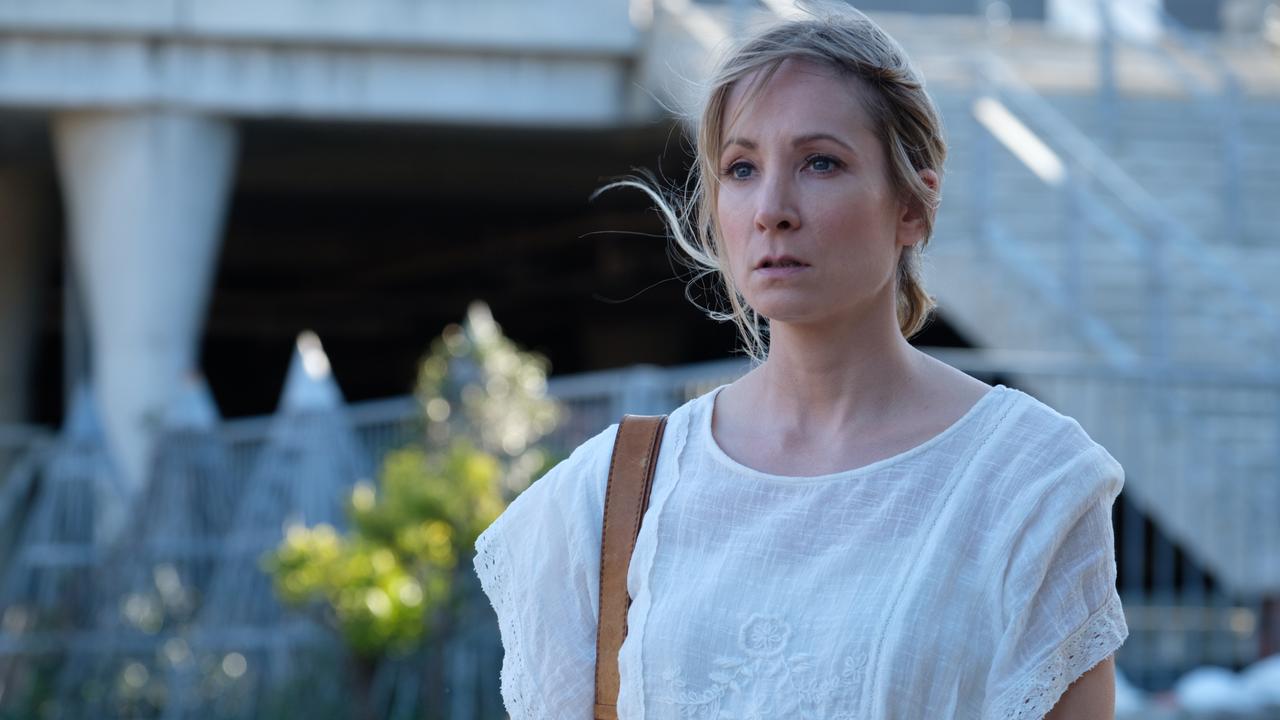
Set in Sydney, the series is centred on a neuropsychologist named Eadie (Froggatt) who specialises in a therapy that, using technology, can separate the emotional trauma of a memory from the memory itself.
But it’s Eadie’s personal battles against infertility and the wider environment that fuels The Commons’ narrative engine.
In the first episode, The Commons presents a world in which the temperature is frequently 42-degrees, leading to equatorial diseases spreading like mad in what was once a subtropical climate.
The rural and regional parts of the land are no longer sustainable, and those who used to live there are now flocking into the city, refugees in their own country, but there’s not enough space. Roadblocks and “borders” exist on the outskirts of Sydney, and you can only settle in town if you have a permit.
There are rolling power cuts and acid rain. The rich cloister themselves in hermetically sealed apartment towers while the poor are being conned by charlatans selling them a fake vaccine against a deadly disease.
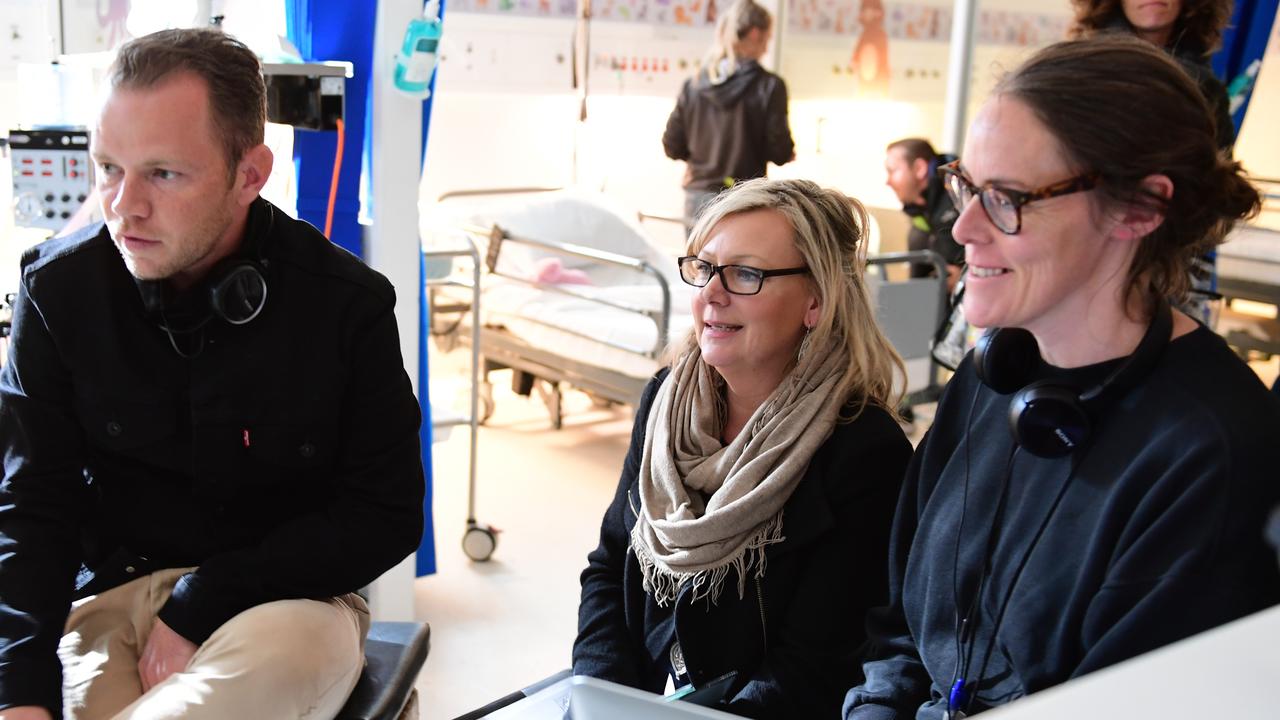
When Birse was on set of The Commons three months earlier, under the then-clear skies of Parramatta Park, two weeks out from the end of production, she marvelled at how much things had already progressed in the two years from concept to filming.
“I think the world really changed in that time. When I think about nearly two years ago, even those ideas around climate change, the rise of technology and what’s coming down the road, those ideas had been cooking for a while now, but in The Commons’ development period, they just moved centre frame in a whole other way,” she said.
Birse has observed what she called a “groundswell” in the past 24 months, where the media coverage of climate issues has changed, where the debate has shifted and where young people have taken to the streets.
“That’s actually our future. It just feels like this wave of momentum has moved it off from being a fringe topic into a really mainstream thing,” she said.
Birse, having spoken to climate scientists and futurists, knew positioning her series too far into the future would have an emotional distancing effect, ditto if The Commons was some kind of lecture.
So she wove those headier concepts into a human drama about people and hope.
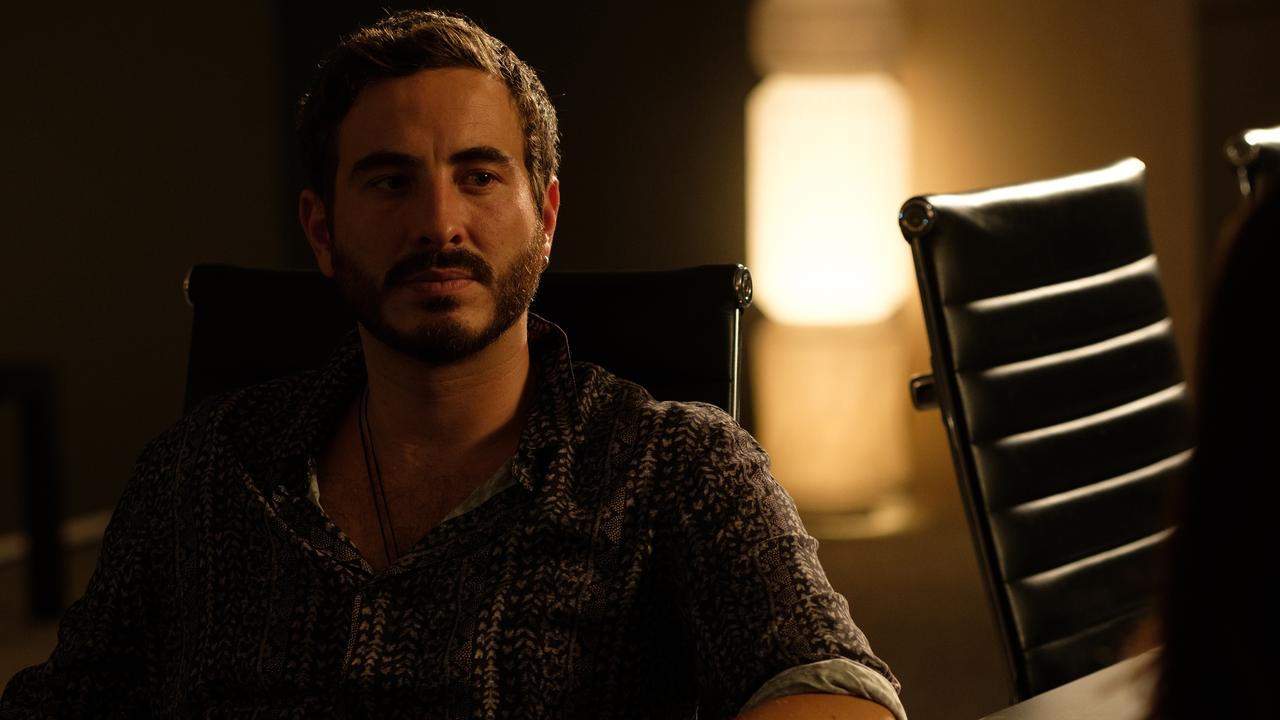
“We’re not used to the stories of what people can actually do for each other when their backs are up against the wall. So our compass would be somebody (the character of Eadie) who went, ‘Humans are fabulous, and care is the superpower and looking after each other could just save us’. Even though that sounds a bit earnest.”
That’s actually what The Commons refers to – a commonality, a community, according to actor Ryan Corr.
“The Commons essentially stands for the commonalities that we all need irrespective of where or who we are – food, shelter, love, contact,” he said.
“The commonalities we are share in order to survive, in order to be a community and in order to advance.”
Like his co-stars, Corr was drawn to The Commons because it offered a glimpse into the near future.
“We’ve seen 10 or 20 years into the future with Black Mirror. But what’s really interesting about this is it’s so close to where we are now that it’s almost uncomfortable. So that makes the conversation really present,” he said.
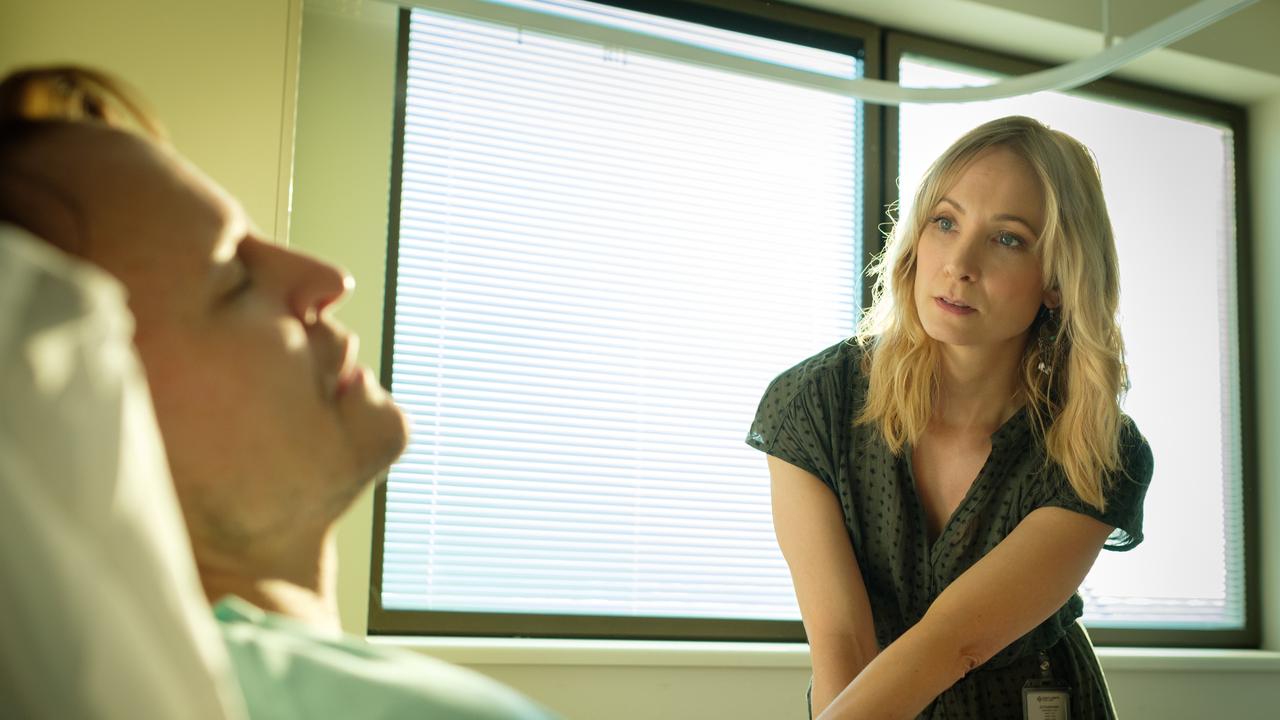
It’s not just the wider social stories that attracted Froggatt.
“What also drew me to it is the fertility aspect,” she told news.com.au on set in September. “And for women who are in their late 30s, as I am, it’s a subject that I think is still shied away from. It’s something that millions of women and couples go through.
“I thought it was refreshing to see a drama that just faced up to all those questions and issues. ‘Am I going to be a mother? And if I’m not, how do I feel about that? Is it going to be the thing that defines my life?’
“I think they’re the questions that a lot of people have and don’t talk about or face.”
Froggatt said she loved Birse’s script when she first read it, that “it was really original, which is a really difficult thing to find”.
“I thought Shelley wrote with such humanity and care against this epic backdrop, this beautiful central story in the middle of it. That’s the heart the audience will connect with,” she said.
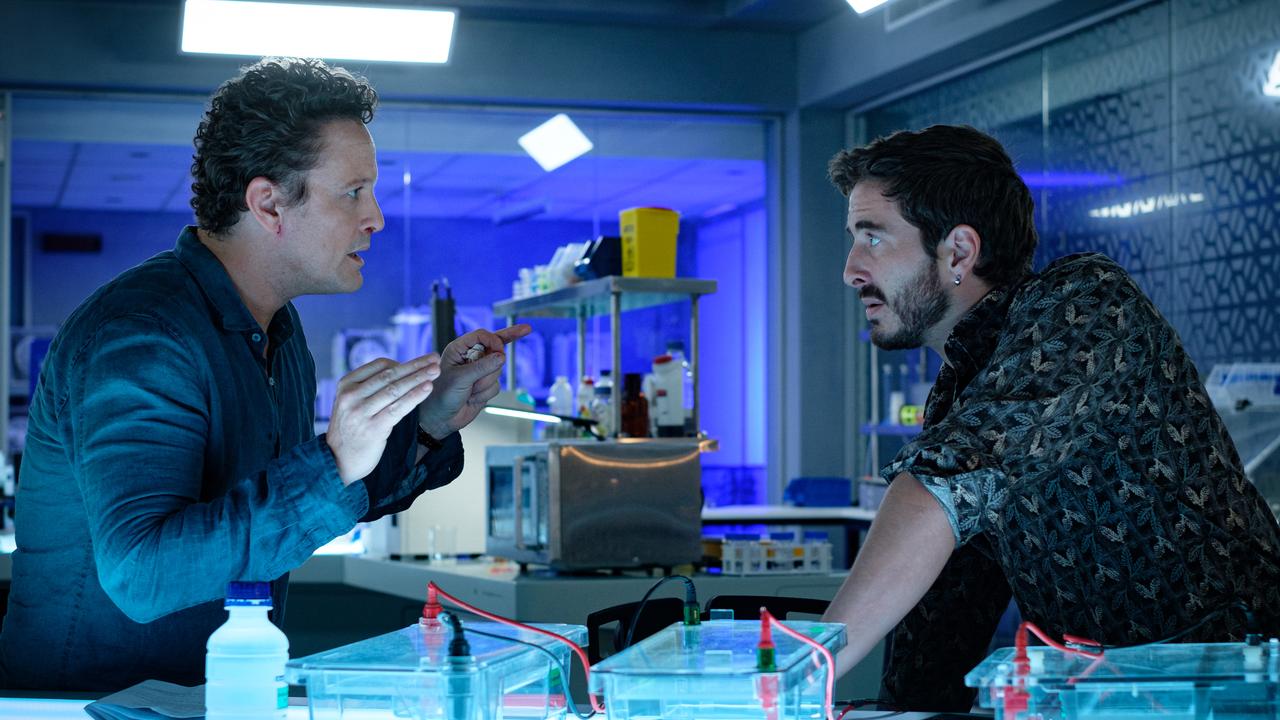
For David Lyons, who plays Eadie’s husband, The Commons’ focus on the near future isn’t a negative one.
“It’s not post-apocalyptic or negative in its essence,” he said. “It’s looking at issues that are facing our way of life now and asking us where we can change and how do we address this future with an aspect of nobility.”
Lyons said he didn’t think the series was preachy or trying to jam some partisan message, which is why it works.
“I hope the audience engages with the characters, and I hope at the end of it, they felt something and might view the world slightly differently,” he said.
“I don’t think they need to subscribe to any particular message that it’s trying to send out. It’s not. I think what Shelley is doing is creating a world in which we glimpse humanity. I think the more you try to push any aspect of dogma or ideology down someone’s throat, the more they’re going to choke it up. This is not that.”
And yet, three months after those conversations on set during production, glimpsing out the window, watching the news, there’s an urgency to The Commons that’s eerie.
All eight episodes of The Commons premieres on Stan on Christmas Day
Share your TV and movies obsessions | @wenleima



